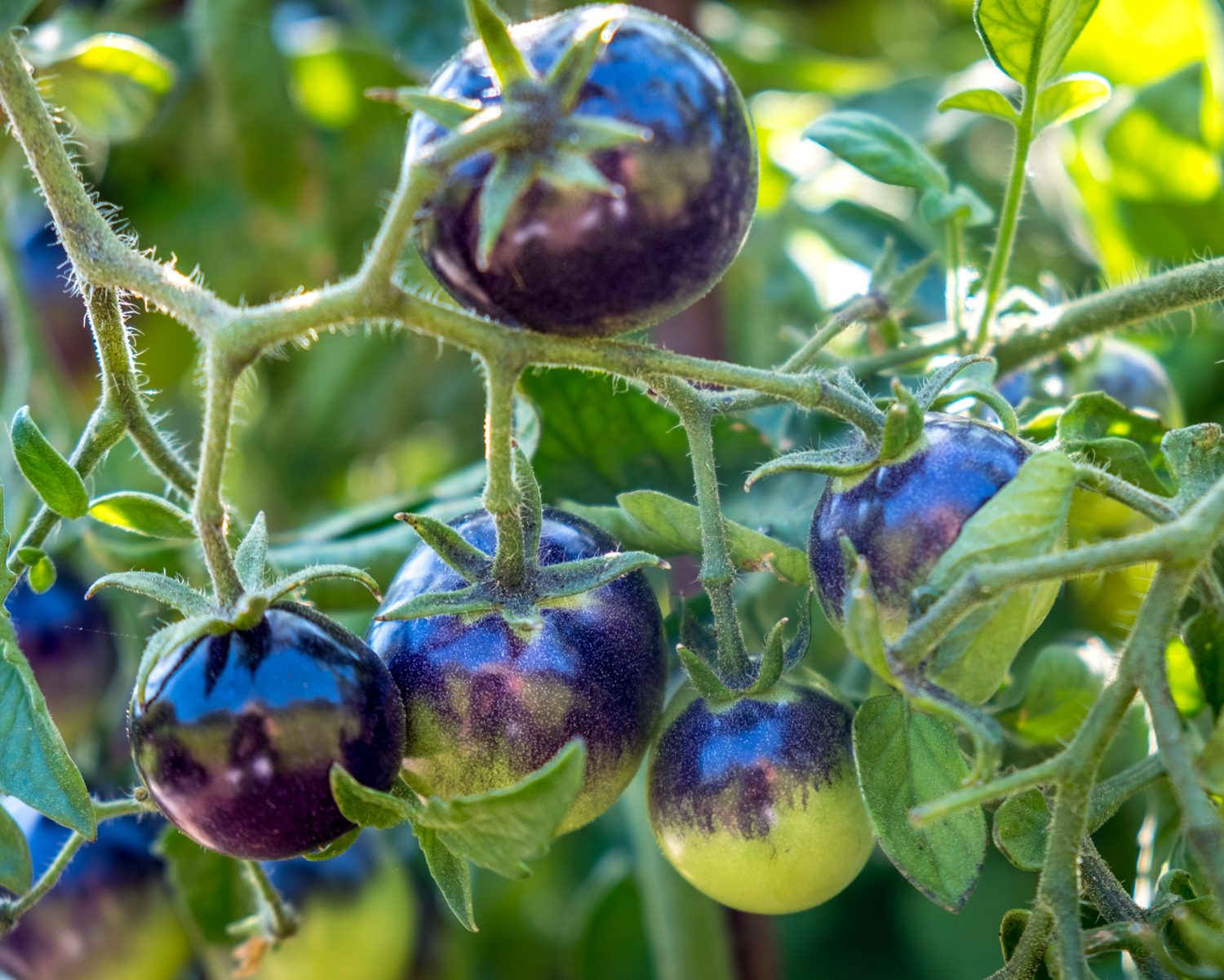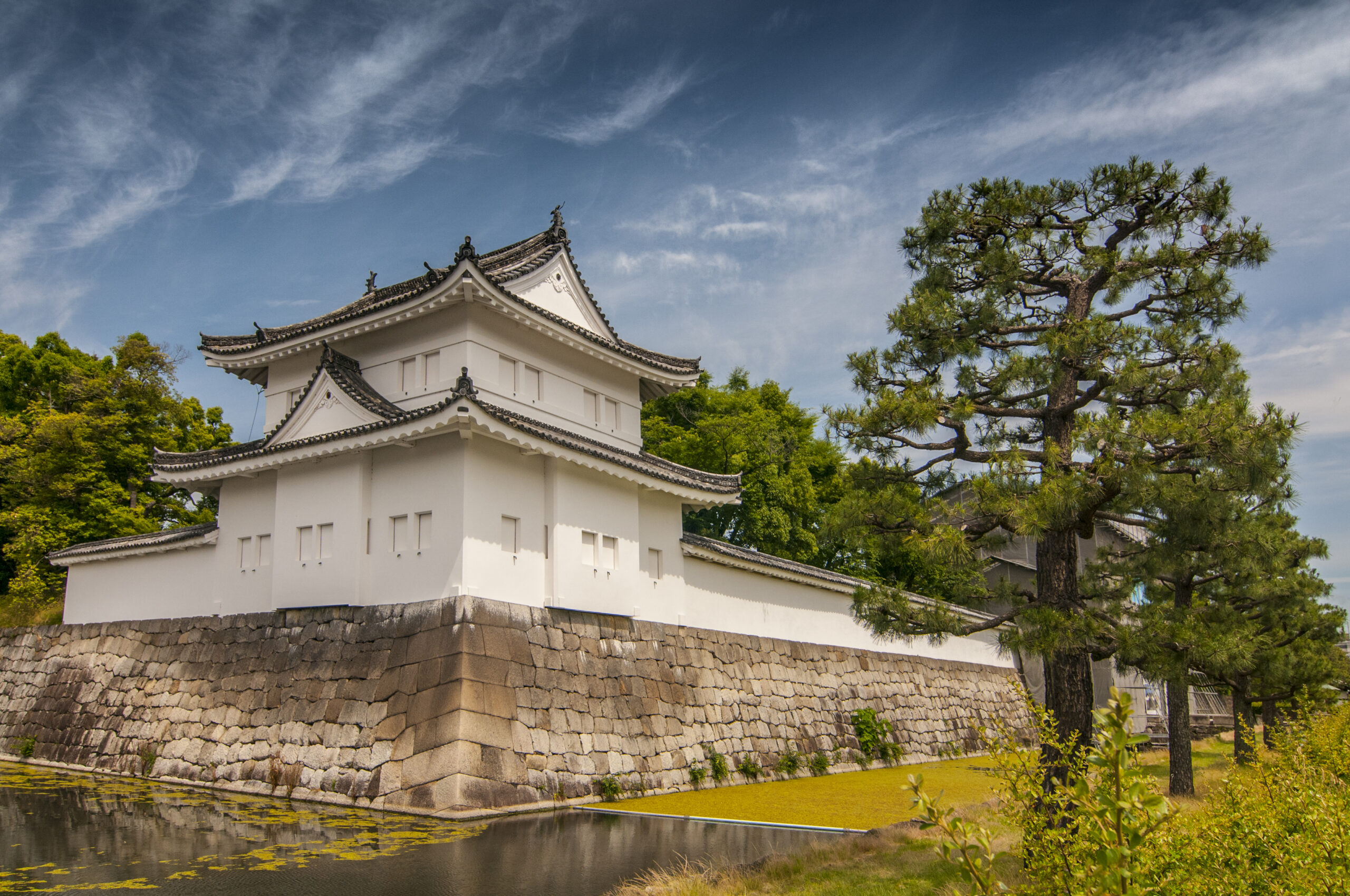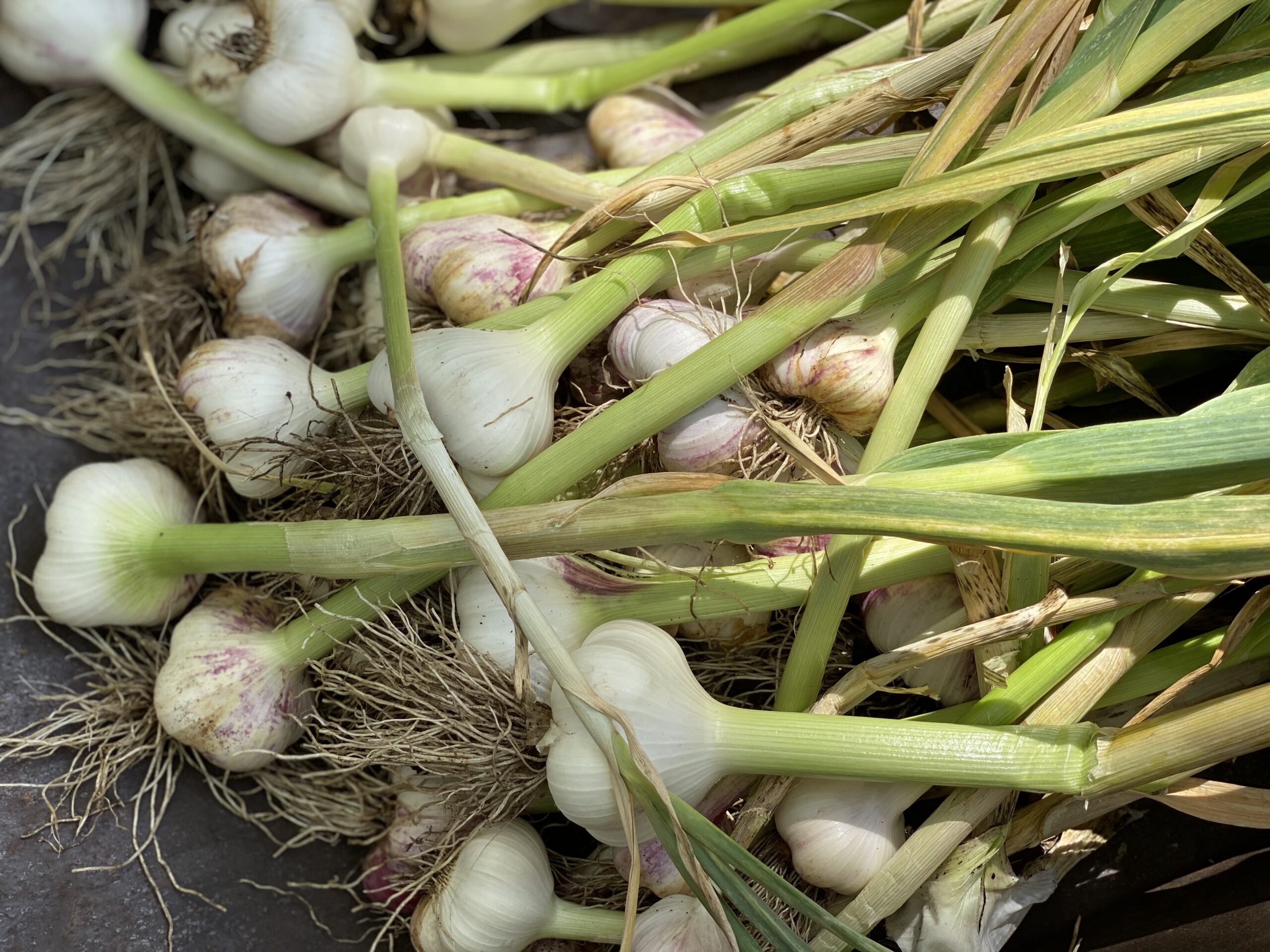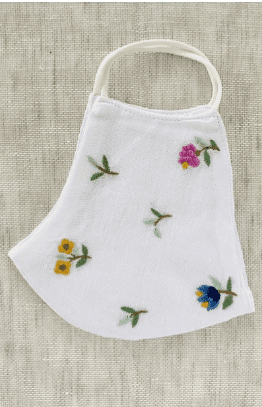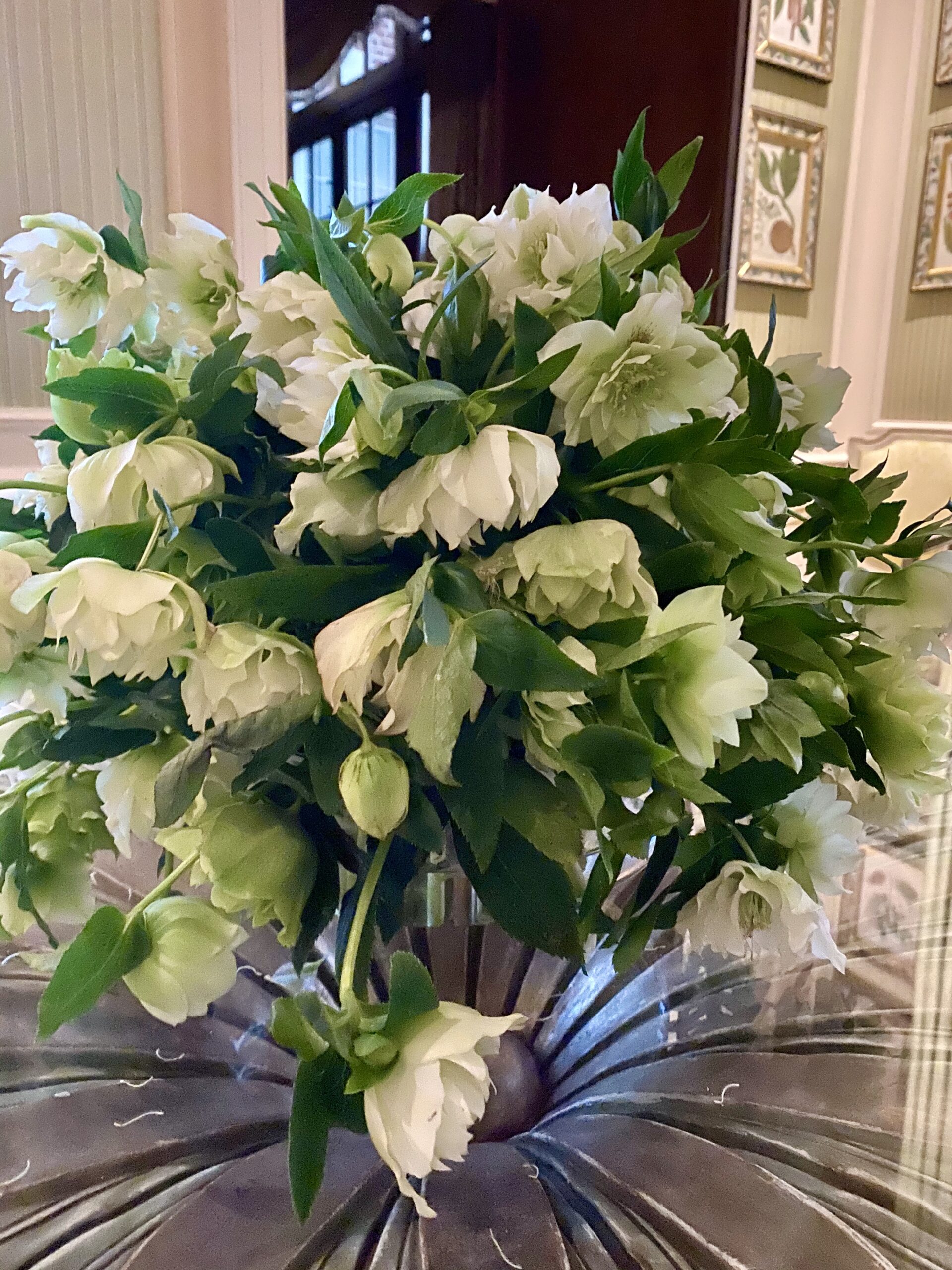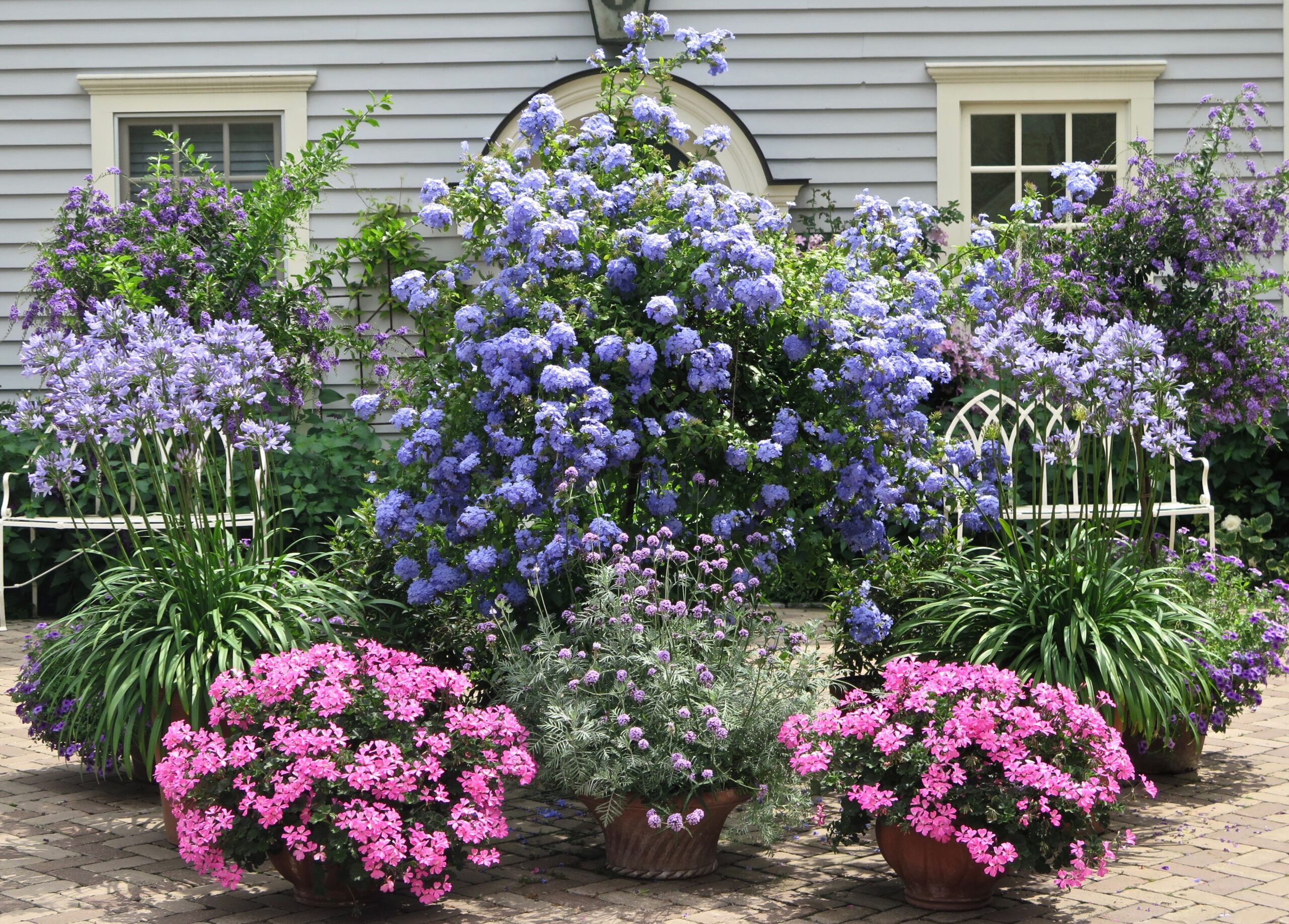I found this great article about Oregon State University’s Indigo Rose tomato on their website and while I could paraphrase it, I thought I would include the entire article. I have this tomato in my garden and it’s been the most interesting tomato I’ve ever grown. It’s visually gorgeous, interesting to observe as it grows and ripens, a prolific grower – and it’s delicious!
CORVALLIS, Ore. – The “Indigo Rose” tomato steps out this year as the first “really” purple variety to come from a program at Oregon State University that is seeking to breed tomatoes with high levels of antioxidants.
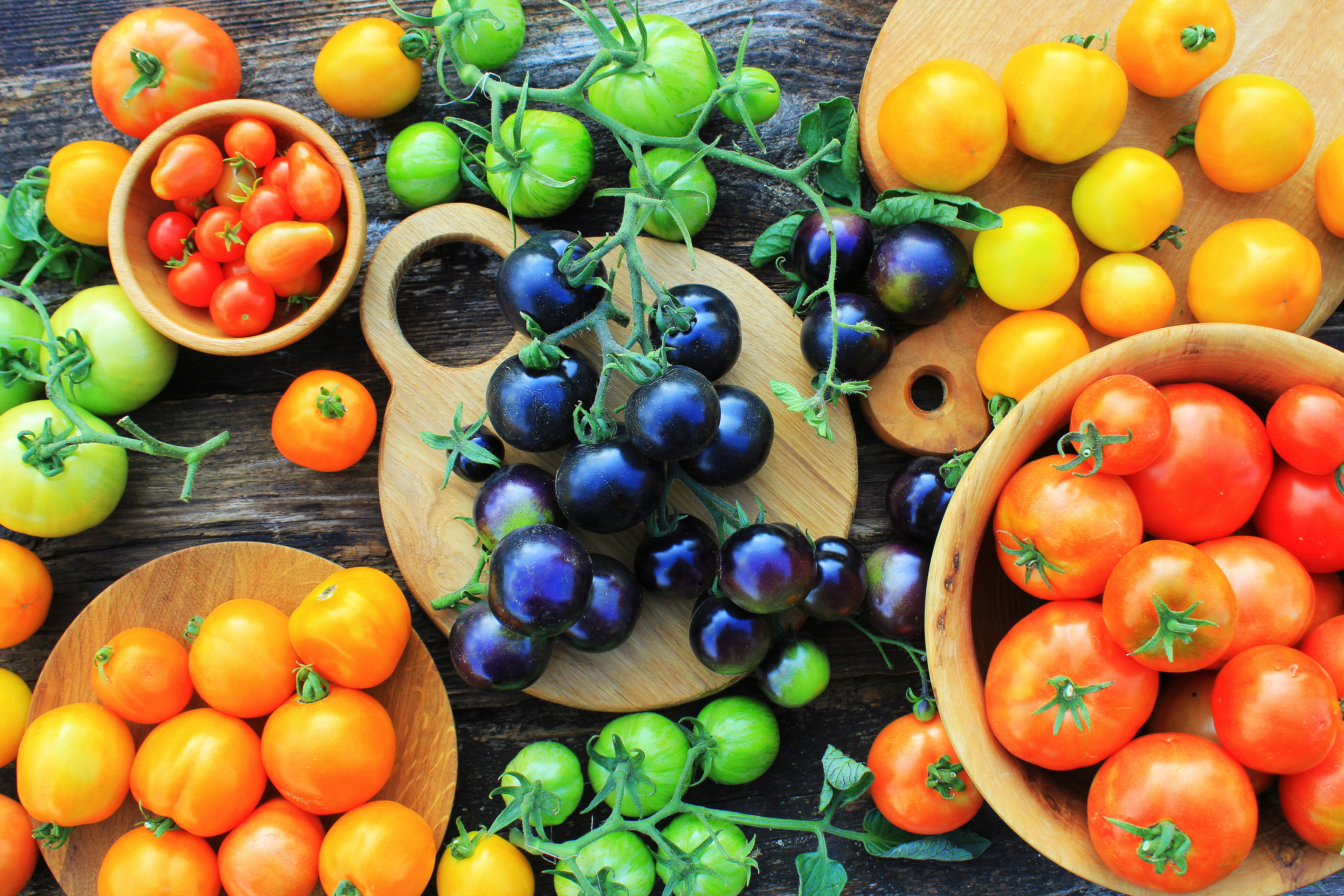

“It is the first improved tomato variety in the world that has anthocyanins in its fruit,” he said.
Breeding for the antioxidant potential of the purple anthocyanins in the fruit is the most important goal for OSU breeders. “It will lead to a better understanding on how the antioxidants express in tomatoes and may contribute to human health,” Myers said.
“If you want a really, really purple tomato that can be as black as an eggplant, give Indigo Rose a try,” Myers said. “Other so-called purple and black tomatoes have the green flesh gene, which prevents normal chlorophyll breakdown. A brown pigment called pheophytin accumulates and has a brownish color that makes a muddy purple when combined with carotenoids.”
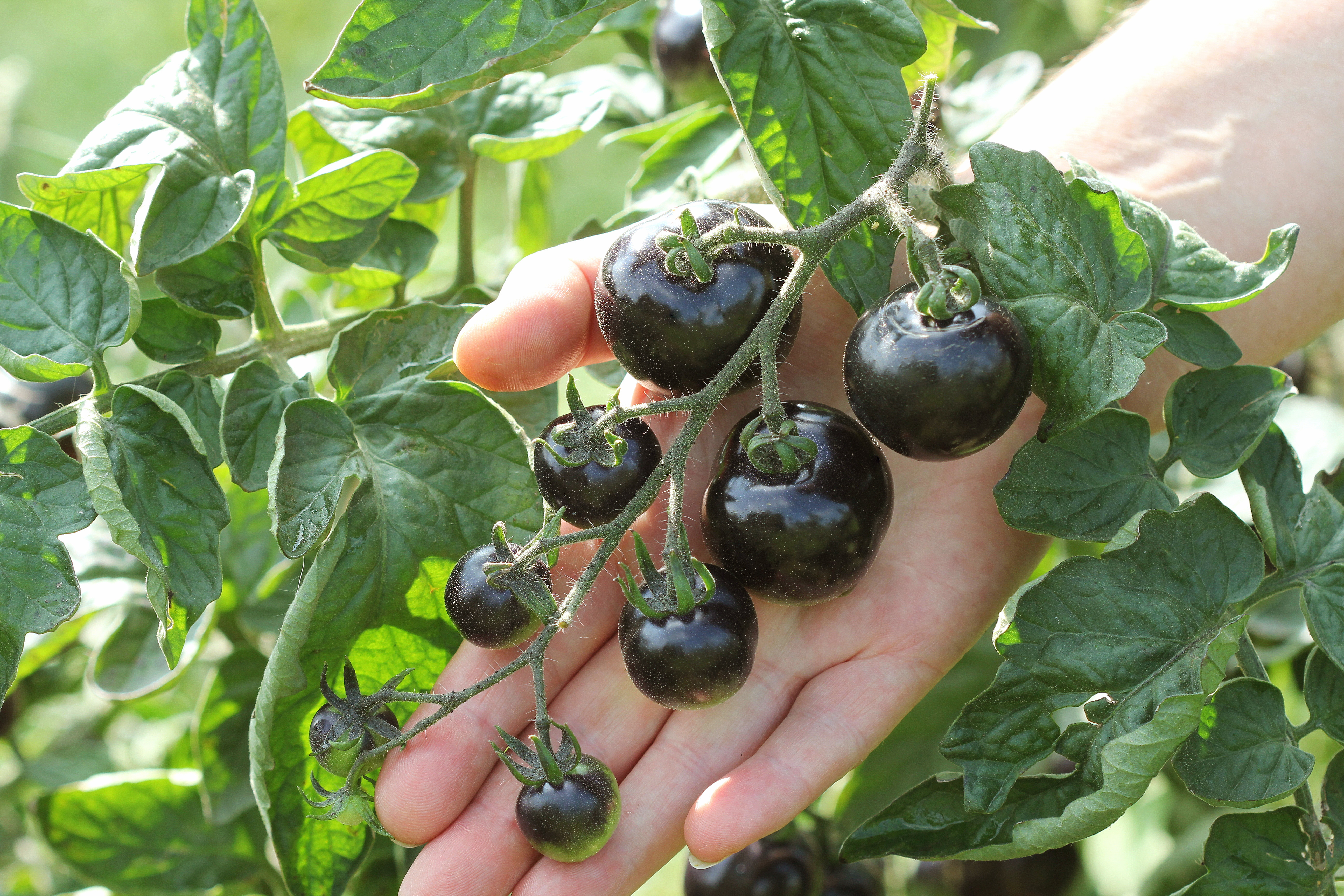

Indigo Rose’s genesis began in the 1960s, when two breeders – one from Bulgaria and the other from the United States – first crossed-cultivated tomatoes with wild species from Chile and the Galapagos Islands, Myers said. Some wild tomato species have anthocyanins in their fruit, and until now, tomatoes grown in home gardens have had the beneficial pigment only in their leaves and stems, which are inedible.
Graduate students working with Myers crossed together the lines carrying wild tomato species genes to create the population from which ‘Indigo Rose’ was selected.
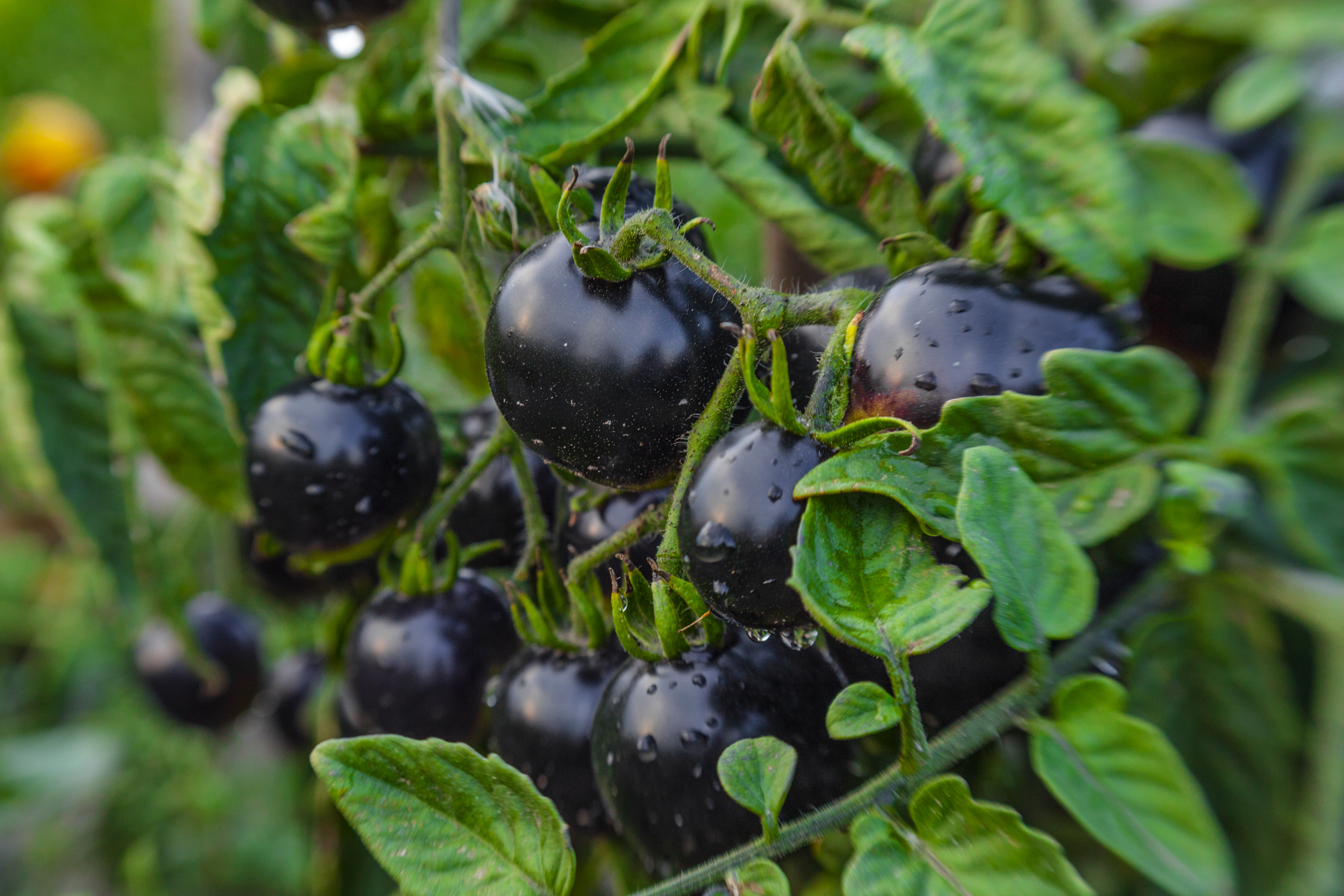

The new tomato is released as an open pollinated variety, and as such, seed saved from self-pollinated plants will grow true and not produce hybrids. “It’s also important to know that genetic engineering techniques are never used to develop these lines,” Myers said. “These tomatoes are not GMO.”
Does the new variety taste good?
“People are passionate about their tomatoes,” Myers said. “The purple color draws their interest and because it’s extraordinary, people tend to expect impressive flavor as well. It does have a good balance of sugars and acids and tastes just like a tomato. Anthocyanins are essentially tasteless.”
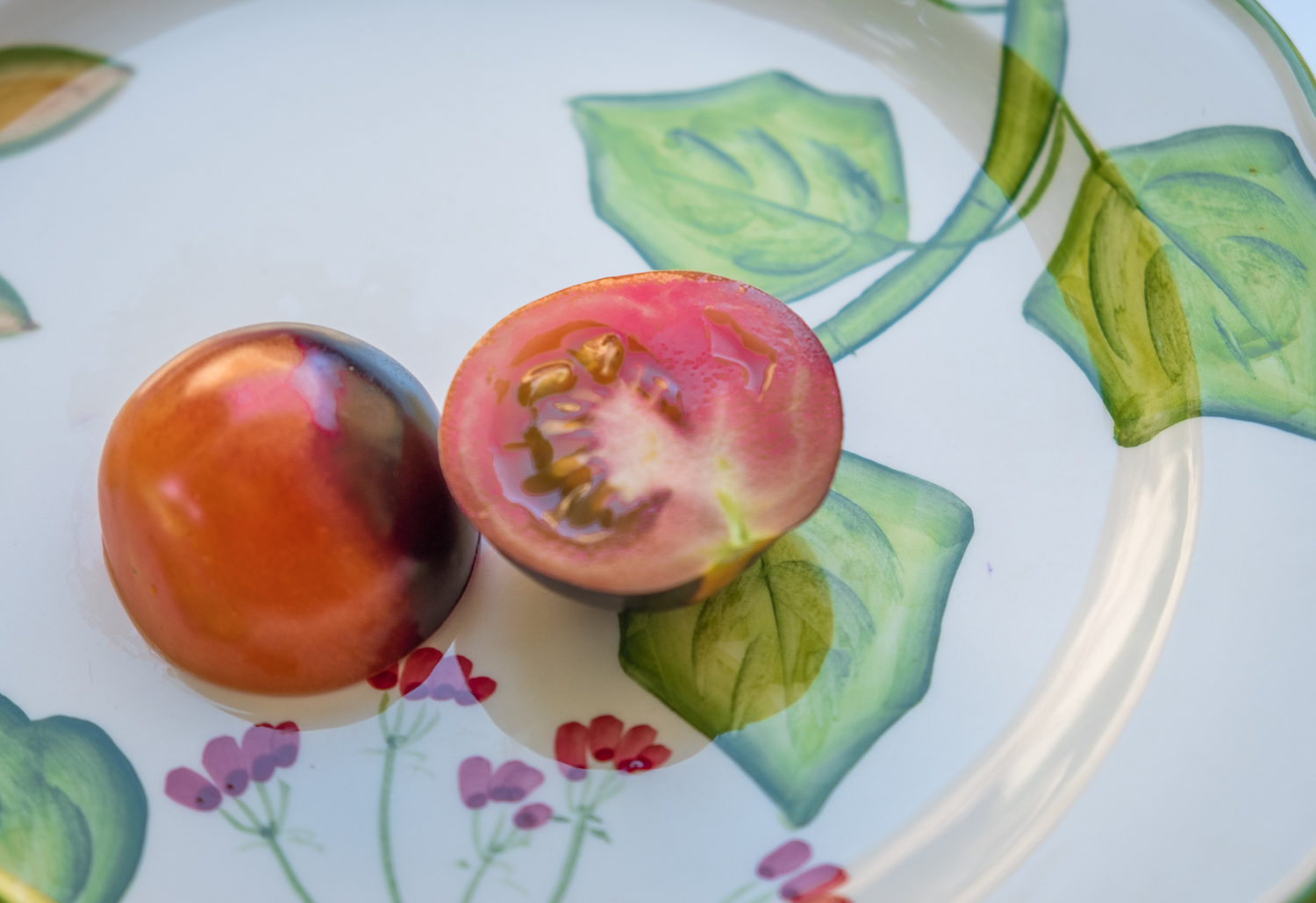

The tomatoes will be purple where exposed to light, Myers said, and they tend to have a purple crown. They are ripe when their color changes from a shiny blue-purple to a dull purple-brown. The fruit also softens similarly to regular tomatoes, and the bottom of the tomatoes will turn from green to red when ripe.
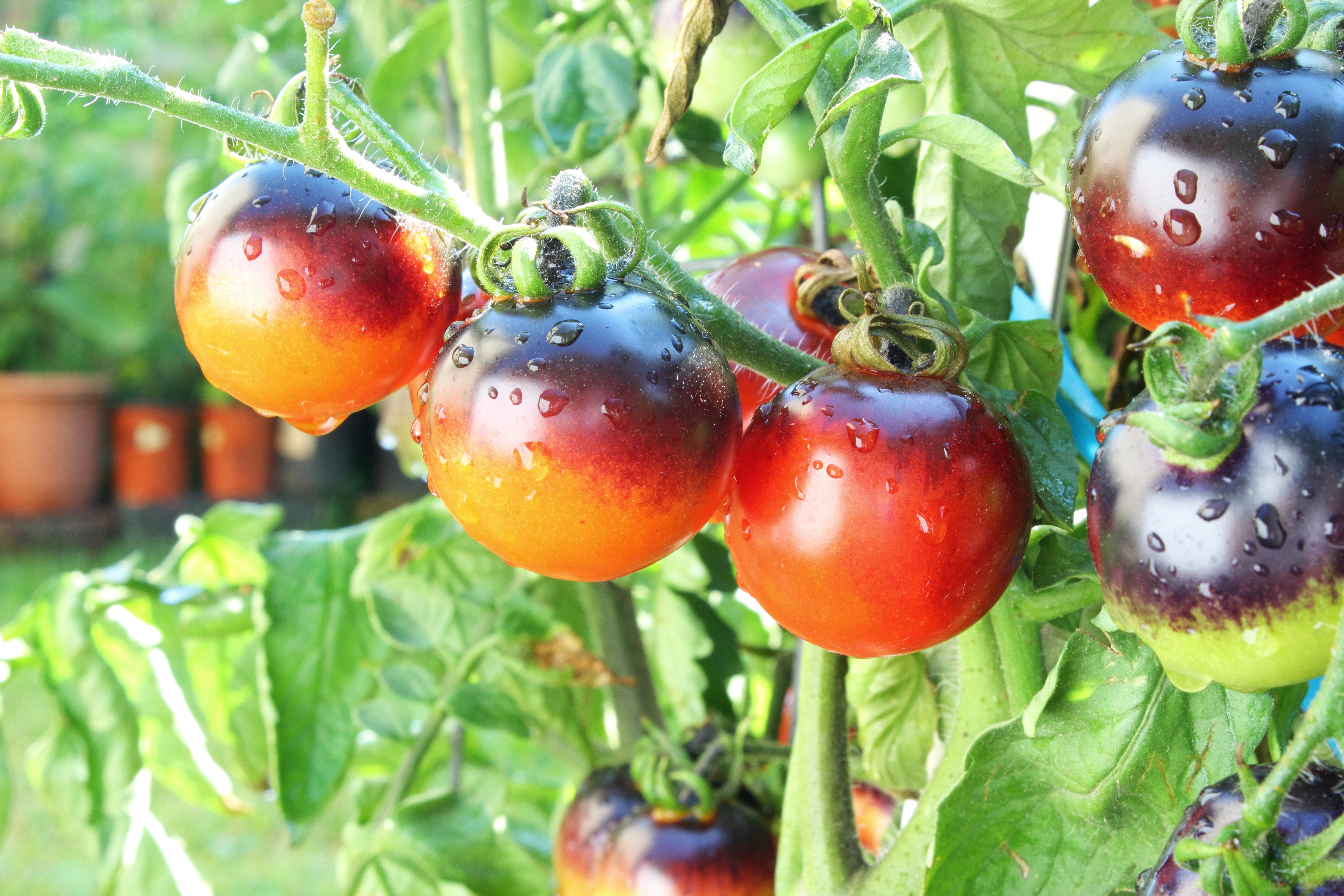

“While other fruits, such as blueberries, have higher concentrations of anthocyanin, tomatoes are consumed practically daily in the United States,” he said. The tomato is the nation’s fourth most popular fresh-market vegetable behind potatoes, lettuce and onions, according to the USDA.
Cherry tomatoes likely will be the next of several new versions in the Indigo anthocyanin series to be bred within the next three years and are expected to have a good flavor.
Seed company catalogs that carry Indigo Rose include Territorial, Nichols, High Mowing (organic), and Johnny’s (organic).

